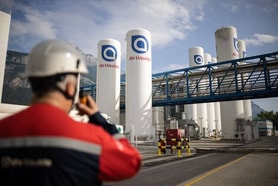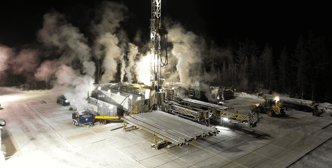Has Helium Shortage 4.0 come to an end?
Similar to economic recessions, it can be difficult to identify the precise start or end of a helium shortage.
All the same, Kornbluth Helium Consulting (KHeC) believes that, after winding down gradually during the second half of 2023, Helium Shortage 4.0 (HS-4.0) ended by the end of 2023 or early in Q1 of 2024. Since HS-4.0 began when the Bureau of Land Management’s Crude Helium Enrichment Unit went down for an extended period in January 2022, this would mean that HS-4.0 lasted for about two years.
What are the primary reasons this period of shortage has come to an end? HS-4.0 began to ease mid-way through 2023 due to weak demand from the electronics industry, where demand for semiconductor chips and the associated demand forhelium gas experienced a fairly significant decline. Helium demand for chip manufacturing is overtaking MRI as the most important application for helium, so a slump in this sector has a significant impact on overall demand.
At the same time, helium demand for MRI has continued its gradual decline as the latest generation of MRI scanners gradually replaces earlier generation scanners that consumed a lot more helium. New supply also came into the market from various sources during 2023, with the most significant event being the restart of deliveries from Gazprom’s Amur plant in September. Gazprom reported the delivery of 110 containers by the end of 2023 and is believed to be delivering helium into the market at an annualized rate of at least 500 containers per year, equivalent to a roughly 8% increase in global supply. With the loss of a few percentage points of demand and the addition of 8% to 10% of new supply (including other new sources), that has been enough to restore a reasonable balance between supply and demand.
... to continue reading you must be subscribed























